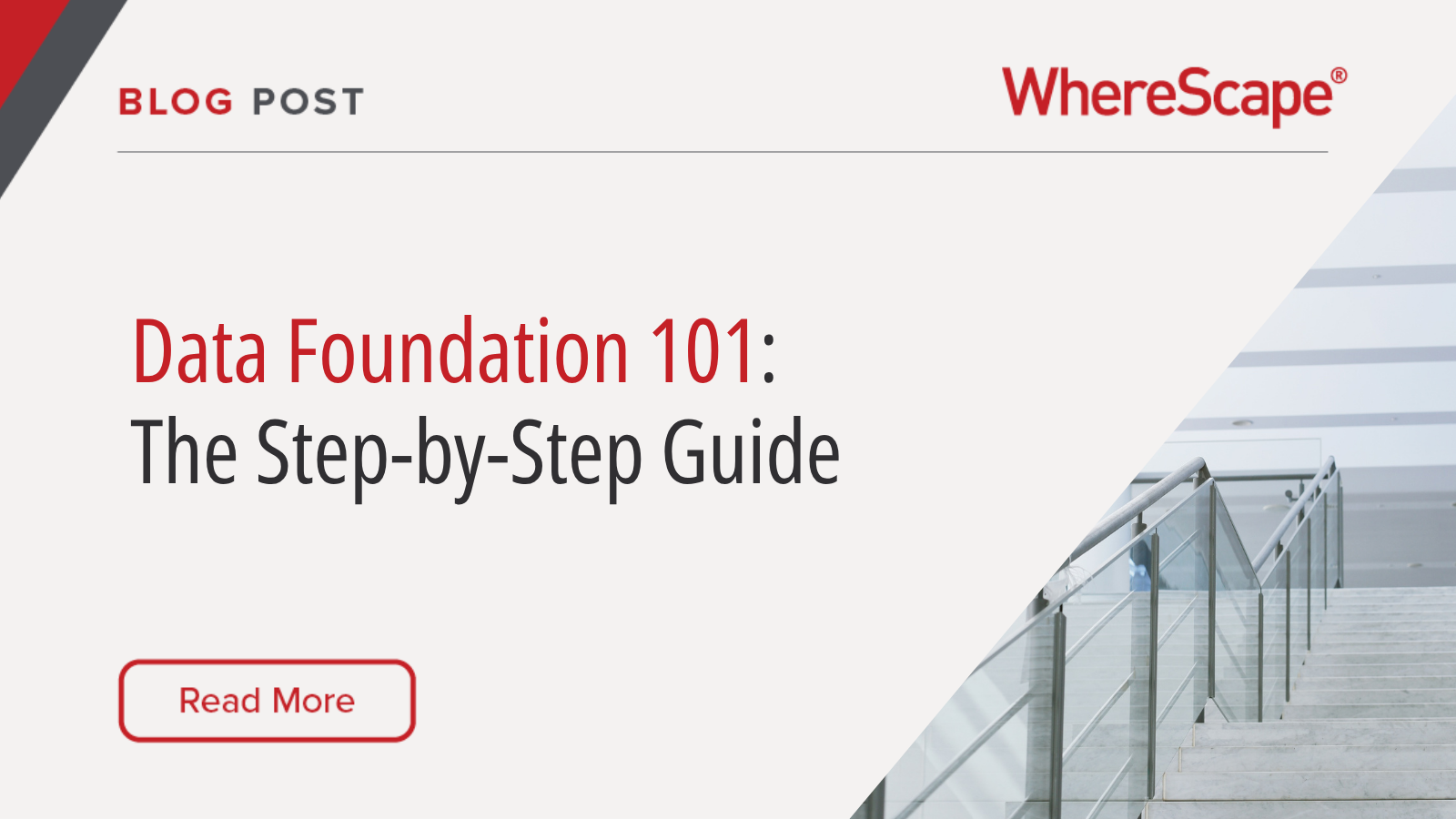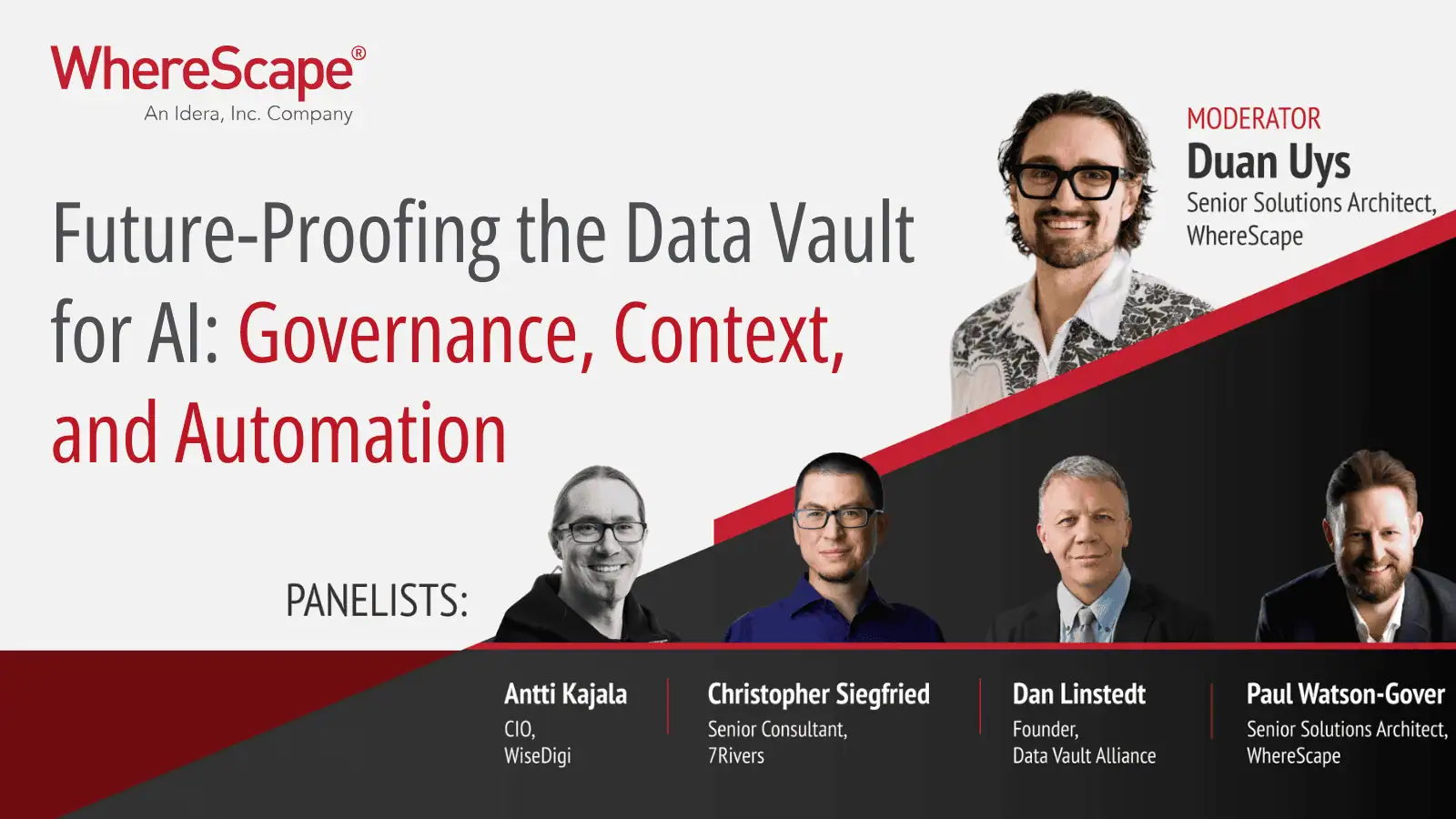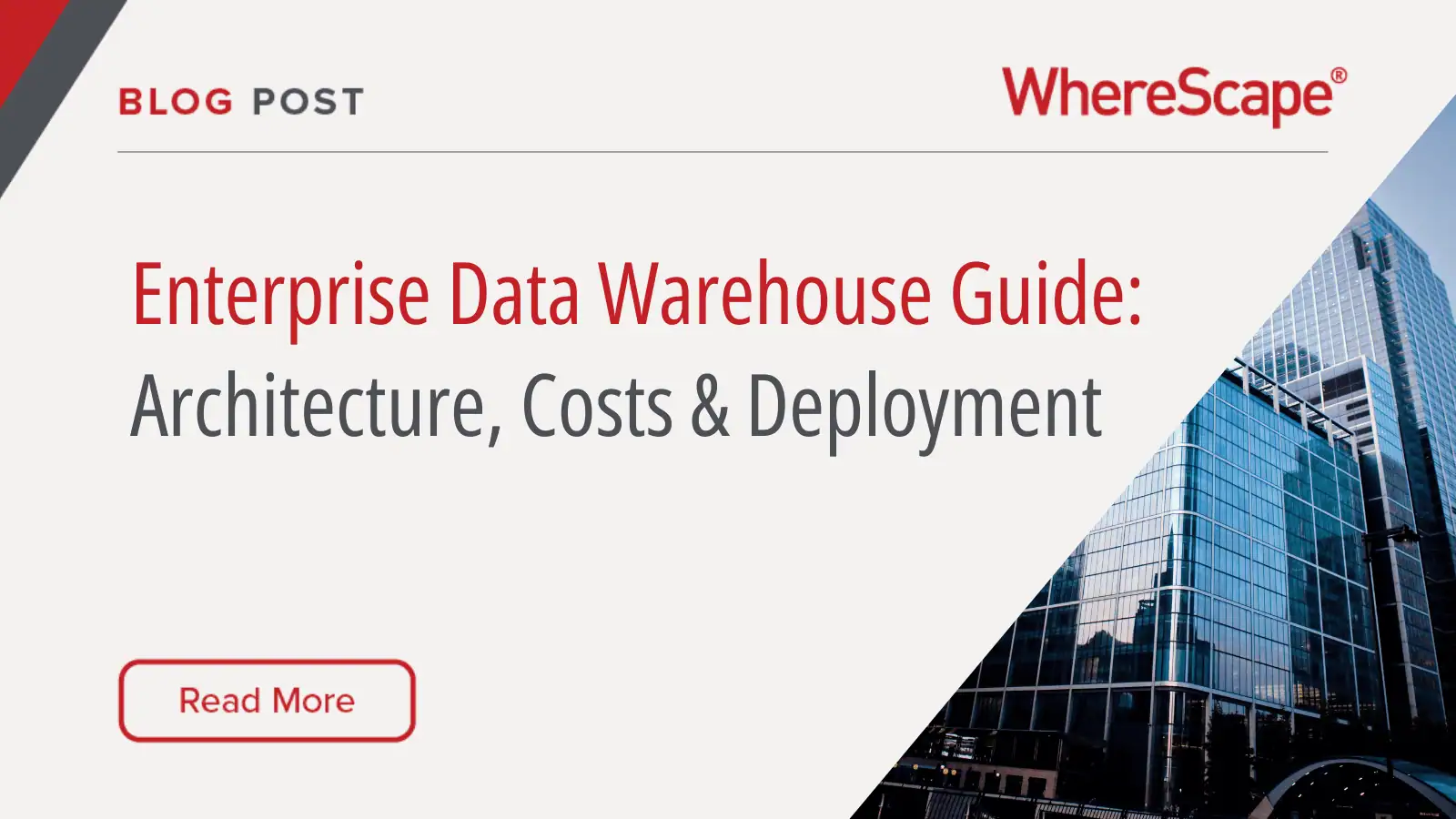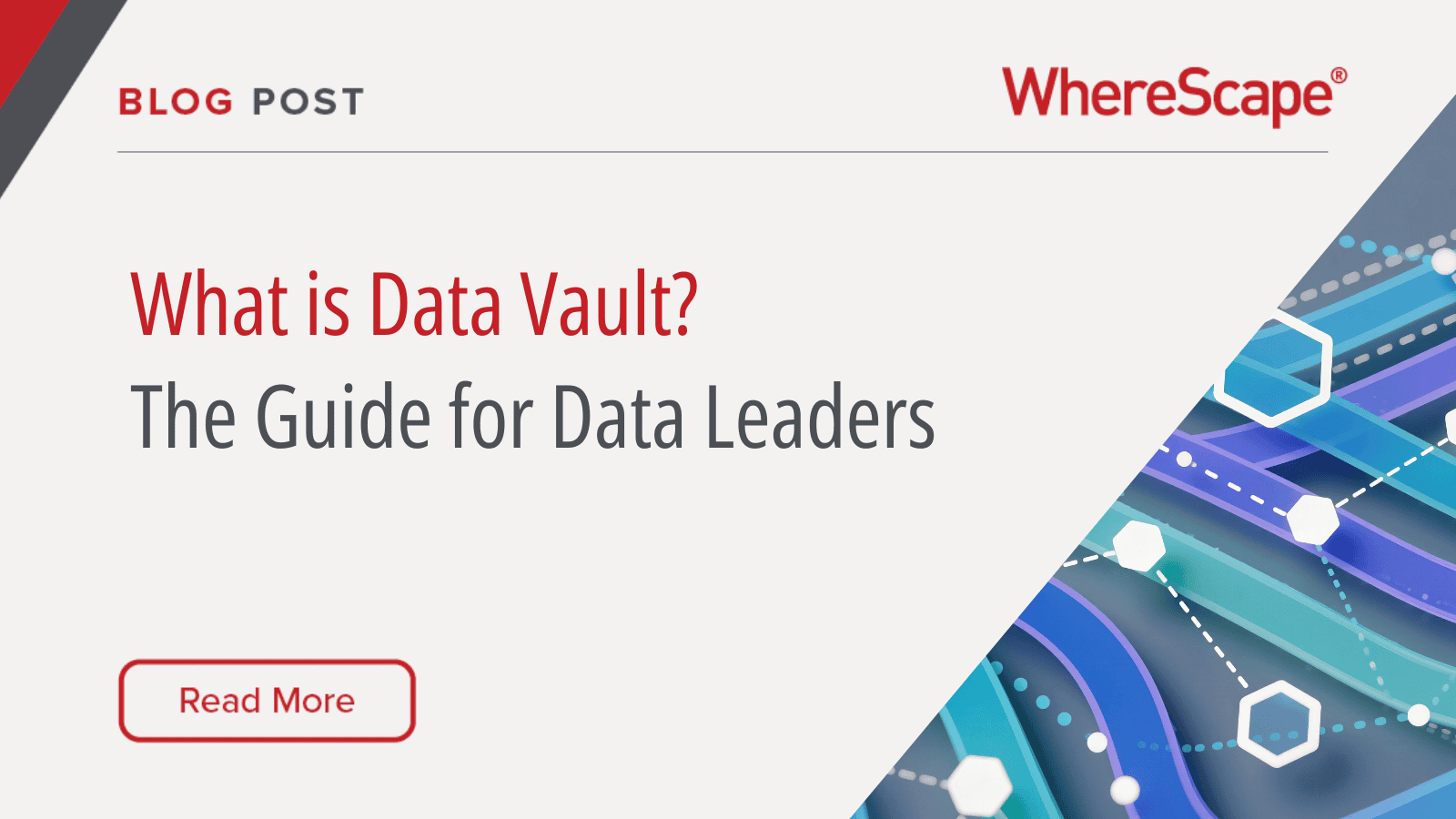A data foundation is a roadmap for how data from a variety of sources will be compiled, cleaned, governed, stored, and used. A strong data foundation ensures organizations get high-quality, consistent, usable, and accessible data to inform operational improvements and strategies for growth.
Let’s break down the various aspects of a data foundation, why it’s important, and how to build your data foundation step-by-step.
What Is a Data Foundation and Why It Matters
A data foundation is the fundamental structure for how an organization collects, stores, organizes, and uses data. It includes the principles, technologies, processes, and practices an organization uses to maintain data quality and integrity.
Data foundation vs data infrastructure
While a data foundation is the conceptual framework for how data is organized and structured, data infrastructure is part of building a data infrastructure and refers to the physical systems and technology. Where a data foundation establishes the how and why, data infrastructure is the how and where: It is the system and tools used to manage and move data.
Why Build a Data Foundation: Benefits for Organizations
Organizations should implement a data foundation because it helps them organize and store data, makes it easier for users to retrieve and analyze data, and enables data-driven decision-making.
When an organization’s data environment is structured, governed, and managed properly, it makes data easier to use, reinforces data integrity and security, and positions organizations to adapt to emerging technologies and a changing business landscape.
Let’s take a closer look at the reasons for implementing a data foundation.
Single source of truth
Having a solid data foundation in place allows an organization to cleanse data of any inaccuracies or inconsistencies and enrich data with additional context. Doing so ensures consolidated data is accurate and reliable.
Having a single source of truth for data gives organizations a quality dataset to use for analytics and reporting. It also reduces the risk of data errors and inaccurate interpretations.
Data-driven decision making
A solid data foundation allows organizations to make decisions based on clean, validated data. These data can be used to:
- Identify trends, patterns, and correlations
- Understand customer behavior
- Uncover market dynamics
- Develop business strategies
- Make operational decisions
- Find opportunities for innovation and growth
Ultimately, a strong data foundation facilitates data-driven decision making that helps organizations operate efficiently, stay competitive in dynamic markets, find ways to innovate, and drive business growth.
Better data quality
A data foundation uses validation and standardization processes to ensure information is accurate, consistent, and reliable across the whole organization.
- Robust validation processes lead to better data quality by exposing data discrepancies and errors so an organization can act quickly to mitigate them.
- Standardization processes establish consistent data formats and structures, making it easier to integrate data and allowing for accurate comparison of information.
Together, validation and standardization enable analysis and reporting based on high-quality data.
Scalability and flexibility
As an organization grows, so does its volume of data. A robust data foundation is flexible and allows an organization’s data infrastructure and processing capabilities to expand alongside the organization and adapt to its evolving data requirements.
- Scalable: The scalable nature of a data foundation allows organizations to bring on advanced technologies, like cloud computing and generative AI, that help them store, retrieve, manage, and analyze ever-expanding datasets. Scalability is also what makes it easy to meet evolving data demands without disruptions or major infrastructure overhauls.
- Flexible: Flexibility is important because it lets organizations bring on new applications and data sources that strengthen their data ecosystem.
Data Foundation Components: Strategy, Governance, Storage, and More
Data foundations require several components, including:
- Data strategy: How to align with business goals and objectives.
- Data governance framework: Policies, processes, roles, responsibilities, and standards for data use.
- Data sources: Where you will pull data from: both in the present and in the future.
- Data integration and accessibility: How you will integrate data into your foundation and make it accessible to users.
- Data quality and cleaning: Taking steps to ensure the organization is using accurate, up-to-date, high-quality data.
- Data warehousing and architecture: Where you will store data and the technology you’ll use to do so.
- Metadata management: Managing data about the data for greater usability.
- Usability: Ensuring users can explore, analyze, and report on data.
- Access controls: Determining who has access to which data and when.
Data Foundation Benefits: Quality, Insights, Scalability, and ROI
A strong data foundation provides a governed platform that is both scalable and reliable. It offers consistent, high-quality data access for analytics, decision-making, and innovation across the organization.
Benefits include:
- Better data management
- Real-time insights
- Advanced analytics
- Predictive capabilities
- Improved decision making
- Cost savings
- Data monetization
Let’s take a closer look at each of these benefits:
Better data management
A data foundation provides the infrastructure to collect, store, organize, and process vast amounts of data and different types of data sets. Siloed data can lead to inaccuracies and conflicting sources of truth. Bringing data into a central repository makes it easier to manage data in one place and ensure data accuracy and integrity.
Real-time insights
A strong data foundation facilitates real-time data processing so organizations are always working with the latest data.
Outdated data doesn’t work for industries where data changes rapidly, like supply chain management, financial services, and IoT applications. Businesses in these and other industries need the latest information to make their next move with confidence.
Advanced analytics
Because a strong data foundation is flexible, it can accommodate tools for advanced analytics, like generative engines, machine learning algorithms, and predictive modeling. Advanced analytics strengthen the uses and power of an organization’s data.
Predictive capabilities
With a data foundation in place, users can analyze historical data, which helps predict future trends, behaviors, and outcomes. This knowledge fuels an organization’s next steps, like developing strategies and new products or services and allocating resources properly.
Improved decision-making
In order to make the best decisions for your business, you need current, clean, and reliable data to back them up. A data foundation makes this possible. Using predictive tools, organizations can also use data to make better decisions about future trends, minimizing risk, and capitalizing on opportunities before their competitors.
Cost savings
Implementing a data foundation requires an investment, but it also helps save costs.
Automating data processing reduces manual tasks, which helps companies save on labor hours and devote their resources to more valuable work. Organizations should also consider the cost of making decisions based on outdated or inaccurate data, as well as the opportunity cost of conducting business without access to robust data and advanced analytics.
Data monetization
Data can be a valuable asset – and one people want to pay for. A data foundation can help you share or sell data, creating new revenue opportunities.
Steps to Build a Robust Data Foundation Framework
A data foundation should provide a comprehensive framework for how an organization manages its data.
The following steps can help you build a robust data foundation:
Align with business goals
A well-designed data foundation starts with defining your data strategy and aligning it with your organization’s business goals and objectives.
The end goal of a data foundation is to give your organization the data it needs to perform its best, which is why it’s so important to understand the needs and priorities of the business. Your goal should be to build a data foundation that is both relevant and valuable to the business.
Determine data requirements
Now that you’ve aligned your strategy to business goals, what types of data are required to achieve them? This is the question you should answer as you determine your data requirements.
Establishing data requirements includes:
- Determining what data you need to meet objectives and support operations
- Understanding why the data is important
- Identifying where the data will come from
- Outlining how it should be structured and governed
Determining data requirements helps ensure the right information is available when and where it is needed most.
Create a data governance framework
Next, create a data governance policy that defines:
- Policies and procedures for how data is collected, stored, accessed, and maintained
- Roles, responsibilities, and processes for ensuring accuracy, maintaining regulatory compliance, and preventing security breaches
- Who owns what data
- Data usage policies
- Standards for data security and privacy
Data governance policies promote transparency, accountability, and compliance, which help to build stakeholder trust.
Comply with regulatory requirements
Some data types come with legal and regulatory requirements, so you’ll want to ensure your policies help you maintain compliance.
Examples of regulatory requirements include Health Insurance Portability and Accountability Act (HIPAA) requirements to protect personal health data in the United States and General Data Protection Regulation (GDPR), which protects personal data for European Union (EU) residents and regulates how organizations and businesses can process that data.
Choose data sources
When choosing data sources, it’s important to ensure the data meets your data governance and compliance requirements. This will help you maintain data integrity and avoid the consequences of non-compliance.
Data sources may be internal or external.
- Internal data sources could include your customer relationship management system (CRM), enterprise resource planning system (ERP), or point-of-sale (POS) system, existing databases, and more.
- External data sources include data from third-party vendors, publicly available data sources, and even social media or Internet of Things (IoT) devices.
Carefully selecting data sources ensures your data foundation is built on accurate, reliable data.
Use data collection tools
Data collection isn’t an easy process, especially if you’re dealing with large volumes of data. Data collection tools, which can include software applications, APIs, or other custom solutions, can help make data collection easier and more accurate.
Data collection tools have automation features that reduce manual effort, save time, and reduce the risk of human error during data collection.
Engage stakeholders
An important part of data collection is engaging stakeholders. Involving stakeholders from different departments helps you understand their data needs and how to overcome their existing data challenges.
Design the data storage architecture
The data storage architecture defines how data will be stored, organized, and integrated into the system.
Designing the data storage architecture starts with choosing the right database systems, data warehousing solutions, cloud services, and frameworks. These may involve a combination of on-premises and cloud-based solutions and should be able to accommodate increasing volumes of data.
A well-designed data storage architecture defines where and how data is stored and takes into account factors like scalability, flexibility, performance, security, and cost-effectiveness. Carefully designing an architecture helps your data foundation remain responsive and adaptable.
Invest in infrastructure
Data infrastructure includes the hardware, software, networks, and physical systems required to collect, store, manage, process, and access your organization’s data. This is an important investment; without it, your organization won’t have access to the most reliable, accessible, and secure data.
Tip: Make sure your infrastructure is flexible and scalable to accommodate new technologies and business growth.
Integrate data sources
With data infrastructure in place, it’s time to bring all the data together.
Data integration is the process of pulling data from internal and external sources into a single platform. Integrating data removes data silos that inhibit collaboration between functions and departments, opening up data access and analytics for authorized users across the organization.
Data integration uses tools like extract, transform, and load (ETL) processes, APIs, and connectors to unify data gathered from diverse systems.
Maintain data quality
Maintaining data quality is an essential part of a successful data foundation. Quality data is:
- Accurate
- Complete
- Consistent
- Current
Data cleansing, validation, and enrichment support data accuracy and reliability by helping to minimize errors and inconsistencies that result from manual input, system errors, and data migrations.
Maintaining data quality isn’t a one-and-done effort. You’ll want to establish and implement ongoing data quality management processes, including data cleansing, deduplication, and data validation. You’ll also want to continuously monitor and audit the quality of your data and improve data quality processes based on your findings.
Build or select a data warehouse
A data warehouse is the central repository that houses and allows access to integrated data. You’ll want to build or select a data warehouse that is efficient, scalable, evolves with the organization, and provides ready access for users.
To determine capacity requirements, factors to consider include:
- Current data volumes
- Usage patterns
- Growth projections
Storage technologies to choose from include disk-based, flash, or cloud storage. Data protection, including backups, encryption, and disaster recovery plans, should be built into the data warehouse.
Establish metadata management practices
Metadata, information about a data point or data set, helps you understand and manage data sets.
Metadata management is the process of cataloging, organizing, storing, and maintaining “data about data,” which helps users understand the origin, meaning, and relationship of data elements. Doing so makes data more accessible, aids users in finding relevant data, and improves data usability.
Design for usability
It’s important to create a data foundation that all authorized users are comfortable using, including those who aren’t technically savvy. Designing for usability includes using user-friendly interfaces, tools, and enabling self-service analytics that make it easy for users to explore, analyze, and report on data.
Define access controls
Your data foundation must be both accessible and secure. User access controls help you do both. Access controls define who has access to what data and under what circumstances.
Build a Data Foundation Faster with WhereScape
WhereScape offers the only end-to-end solution for discovering, unifying, designing, building, orchestrating, deploying, and maintaining data faster and smoothly – all without sacrificing quality. With WhereScape, you can use automation to quickly build, manage, or migrate your data system.
Ready to start building your data foundation? Book a demo to take the first step.




